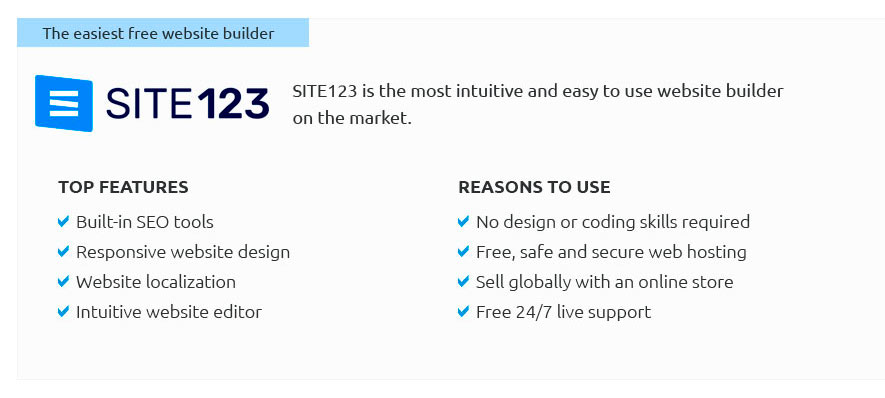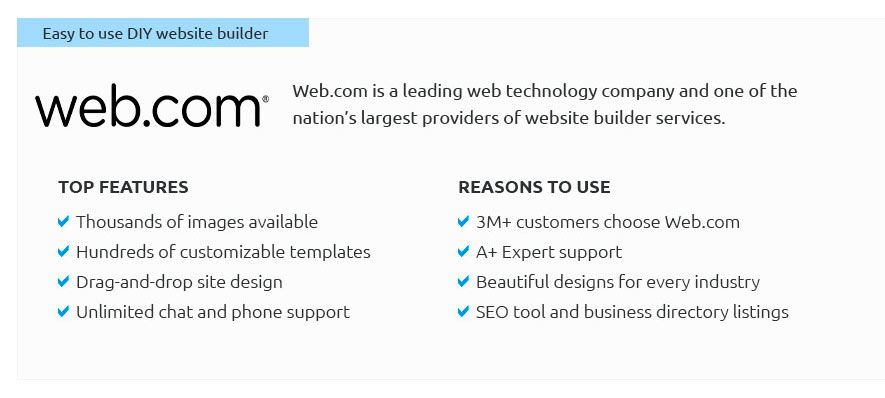 |
 |
 |
 |
|
 |
 |
 |
|
 |
|
 |
 |
|
 |
|
 |
|
 |
 |
How to Create My Own Online Store: A Step-by-Step GuideStarting your own online store can be an exciting and rewarding venture. Whether you're selling handmade crafts, digital products, or curated collections, having an online presence is crucial in today's digital age. This guide will walk you through the basic steps to get your online store up and running. Choosing the Right PlatformThe first step in creating an online store is choosing the right platform. There are many options available, each with its own strengths and weaknesses. Consider Your NeedsThink about what you need in an online store platform. Do you need robust inventory management? Are you looking for a best website builder for personal website that integrates seamlessly with social media? Consider these factors as you explore your options. Popular Platforms
Designing Your StoreOnce you've chosen a platform, the next step is to design your store. This includes selecting a theme, customizing layouts, and setting up product pages. Selecting a ThemeChoose a theme that reflects your brand and is easy to navigate. Many platforms offer free and premium themes to suit different styles. Customizing Your LayoutPersonalize your store's appearance by adjusting colors, fonts, and images to match your brand identity. A visually appealing store can attract and retain customers. Adding ProductsWith your store's design in place, it's time to add your products. This involves creating product listings and ensuring your inventory is accurate. Product ListingsInclude high-quality images and detailed descriptions for each product. Highlight key features and benefits to entice potential buyers. Inventory ManagementSet up a system to track your inventory. Many platforms offer built-in tools to help you manage stock levels and receive alerts when items are running low. Setting Up Payment and ShippingEnsure a smooth checkout process by setting up payment and shipping options that suit your business model. Payment OptionsOffer multiple payment methods such as credit cards, PayPal, and other digital wallets to accommodate different customer preferences. Shipping SettingsDefine your shipping policies, including rates and delivery times. Clear information can help manage customer expectations. Marketing Your Online StoreTo drive traffic and sales, implement effective marketing strategies. This might include social media marketing, email campaigns, and SEO. Utilize Social MediaCreate engaging content and connect with potential customers on platforms like Instagram and Facebook. Integrating with a free website online can increase your reach. Search Engine OptimizationOptimize your store for search engines by using relevant keywords, meta descriptions, and alt tags. This can improve your visibility and attract more visitors. FAQWhat is the best platform for beginners?For beginners, Shopify is often recommended due to its user-friendly interface and comprehensive support. How much does it cost to start an online store?The cost can vary depending on the platform, features, and marketing strategies you choose. Basic plans can start as low as $29/month. Can I run an online store without inventory?Yes, dropshipping allows you to sell products without holding inventory, as the supplier handles shipping directly to customers. With careful planning and execution, you can successfully launch and manage your own online store. Remember, the key is to continuously adapt and improve your strategies to meet your customers' needs. https://www.reddit.com/r/questions/comments/14yycwj/how_do_i_start_my_own_online_store/
Comments Section ... There's a few ways you can start your own online store. I recommend you check out Shopify. It's an online platform where you ... https://www.webador.com/create-online-store
Create your own online store with our user friendly ecommerce website builder. Rated 4.5 SEO-ready Responsive Free domain Secure payment. https://www.youtube.com/watch?v=HbHgE-lBt9M
... AI to create a fully operable Shopify store Sourcing winning products Personal tips from my own journey ...and more! Create your own store ...
|